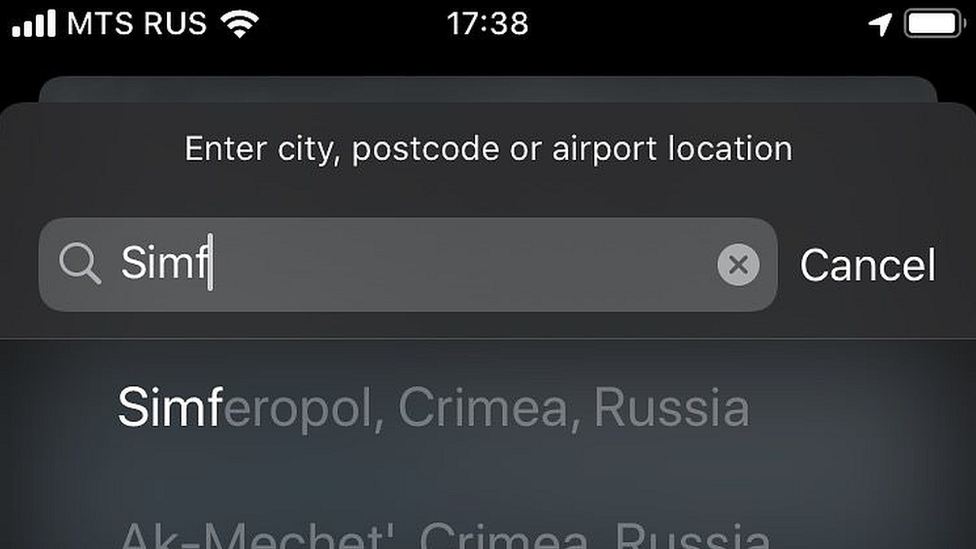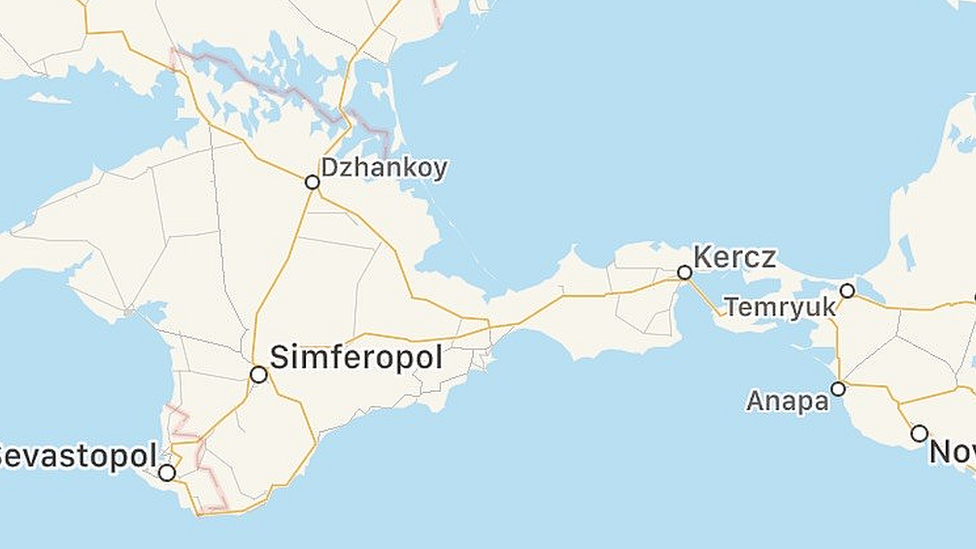
In order to have a presence in international markets, Apple has to work with the local governments and regulations there. Sometimes that puts Apple between a rock and a hard place.
Update (11/29/19): Apple responded on Friday with a statement, per CNBC:
We would like to clarify for our customers around the world that we have not made any changes to Apple Maps regarding Crimea outside of Russia, where a new law went into effect that required us to update the map within Russia.
Update: Ukraine’s foreign minister has weighed in on the subject, and he is, not surprisingly, unhappy with Apple’s decision, per Reuters:
Let me explain in your terms, Apple,” Ukraine’s foreign minister, Vadym Prystaiko, wrote on Twitter in English. “Imagine you’re crying out that your design and ideas, years of work and piece of your heart are stolen by your worst enemy, but then somebody ignorant doesn’t give a damn about your pain.
“That’s how it feels when you call Crimea a Russian land.
The original article continues below.
Russia is no different. And as reported by BBC on Wednesday, Apple has decided to bend to Russia’s demands as it relates to Crimea. The publication has confirmed that in several different Apple apps, including the stock Weather app and Apple Maps, the company has decided to show Crimea as a part of Russian territory.
This ties to a geopolitical move by the Russian government to annex Crimea from Ukraine back in 2014, a move that, as described in this report, as being “condemned by most of the global community”. Now, when using Apple Maps or the stock Weather app from within Russia, Crimea will appear as part of the Russian territory.
Viewing Crimea outside of Russia will present Crimea as not being part of any country.
You can see what that looks like in the Weather app at the top of this post, and here’s a look at Crimea in Apple Maps, viewing it from within Russia, which does not show a border between Crimea and Russia.

According to the report, stating information provided by the State Duma (Russian parliament’s lower house), Apple has been “in talks” with Russia for months over the potential change to the way that Crimea is displayed within Apple’s stock apps. The State Duma categorized the way Crimea was previously displayed (outside of Russia’s territory) as an “inaccuracy”, and basically says that Apple fixed the issue by making this change.
The tech giant originally suggested it could show Crimea as undefined territory – part of neither Russia nor Ukraine.
But Vasily Piskaryov, chairman of the Duma security and anti-corruption committee, said Apple had complied with the Russian Constitution.
He said Russia was open to “dialogue and constructive co-operation with foreign companies”.
For comparison’s sake, Google Maps (Google’s own maps app) does not show Crimea as being a part of Russia, or any country for that matter. However, as noted in the report, Google does use the Russian spelling for Crimean locations, rather than spelling those areas with Ukrainian spelling.
This is not the first time that Apple has made a potentially shaky decision in regards to an international region. And it won’t be the last. Just look at how Apple has to basically do the same thing for the Chinese government as it continues to try and make a dent in the smartphone market in that region.
As a quick recap: Apple pulled an app from the Chinese App Store which was designed to help protestors in Hong Kong. At the time, Apple cited information presented to its by the Chinese government that suggested the app was being used to target local law enforcement officers on the ground. As a result, Apple removed the app, which was seen by many as Apple conceding to the Chinese government and not backing pro-democratic movements by some citizens in Hong Kong.
This latest move will obviously be seen as Apple bending to the will of the Russian government, which is probably not a great look for the company heading into 2020.